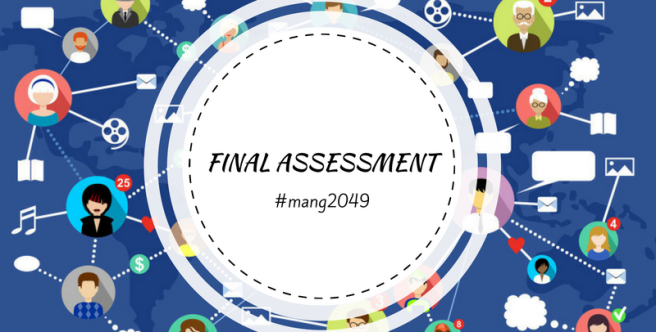
Over the course of 12 hectic days, I have to admit I have made a lot of progress in terms of my digital literacy and knowledge about the WORLD WIDE WEB.
I absolutely enjoyed the freedom to discover, learn and share our views the way this module allowed me to. The outcome of the knowledge we picked up from various sources resulted to an extensive amount of information shared through our blogs at #mang2049. There may have been difficulties in some broader topics but as the saying goes, “if you find a path with no obstacles, it probably doesn’t lead anywhere”. One suggestion is to provide a general expectations for each topic as I have noticed that we can easily to get side-tracked during content building.
Self-assessment Test

Major takeaways from this module
At the end of this module I learned many new tips and tricks on being a user of the web.
We should all learn to expand our networks beyond the course by reaching out to relevant areas of interests, people or companies in social media. An example would be to follow companies in a certain industry or have the same organisational culture that you might be interested in working for in the future.
High importance should be placed on presenting a professional online digital portfolios. Although it is unusual for an online profile to be the only basis upon which a hiring decision is made, to a potential marketer our digital profiles should definitely be deemed with upmost importance.
It is beneficial to engage or participate in collaborations/conversations with people beyond the module. Broadening our network not only builds connections but also raises our profile, create a pool for shared knowledge and increases job/partnership opportunities.
We are also taught to be creative in blogging by relying less on text and exploring new tools that can visually enhance and send our message across to our readers more efficiently. For example, we were urged to use applications like Piktochart, Powtoon and Prezis to illustrate a point rather than a long verbal description. These tools may also be applied for upcoming modules, assignments or even when we enter the workforce.
Our posts had to be “constructively critical” about the topics assigned and be able to resonate with the way we comprehend it. This holds the same for comments, where our comments should make them consider an alternative perspective.
12 Days Journey
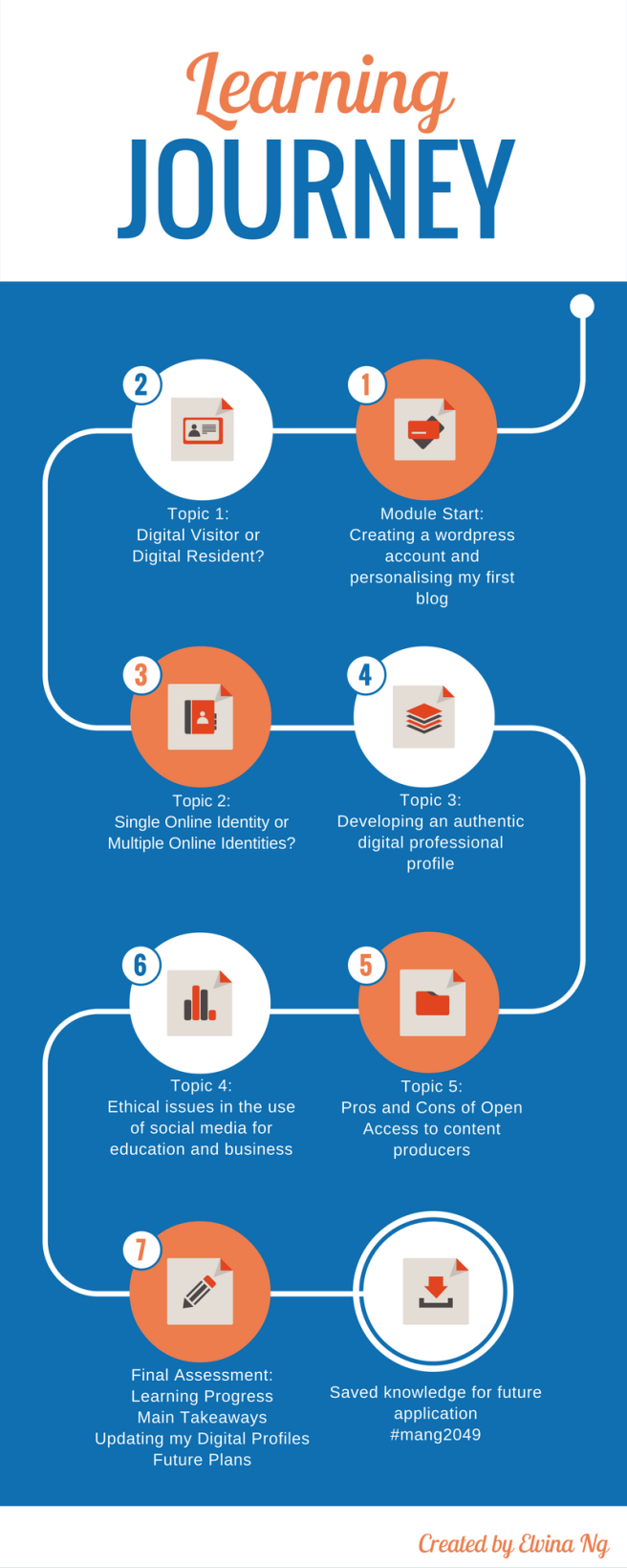
Major digital profile makeover
Below is a clip I created to showcase the way I update my digital profiles across social media platforms like Facebook, LinkedIn and Twitter.
Future Plans
I plan to continue to widen my network of friends and connection with people that share the same interests as me through Facebook, LinkedIn and Twitter. Also, it is important that I ensure consistent professionalism with my posts so that I may portray myself in the best light possible.
Special thanks
Last but not least, special thanks to Lisa, Sarah and Nic for their constant guidance and amazing support even though they are located miles away. A perfect example of how online communities like Google Hangout and YouTube empowers learning outside of our four walls classroom.
(Word count: 509 words)

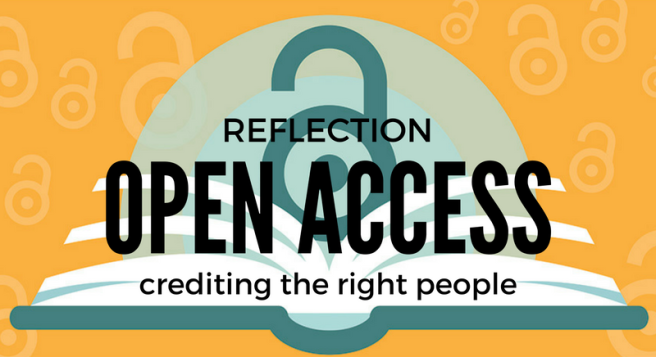
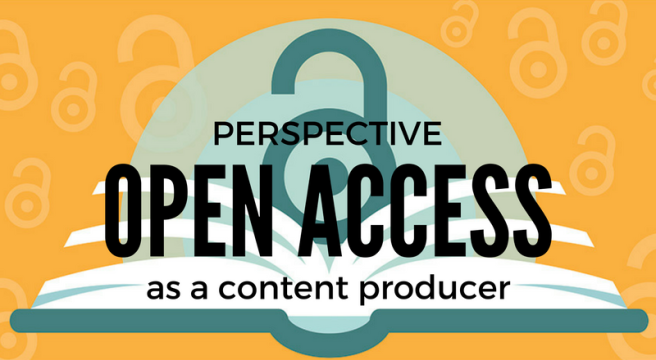
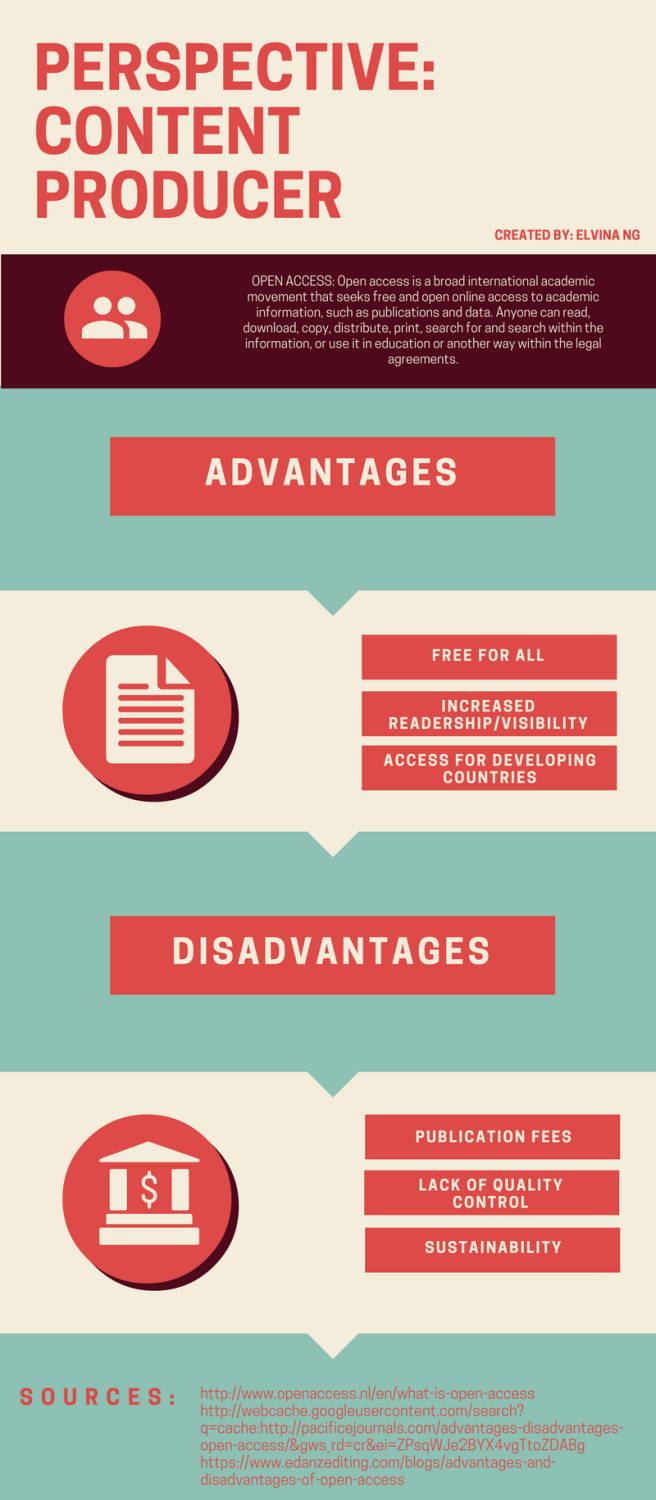
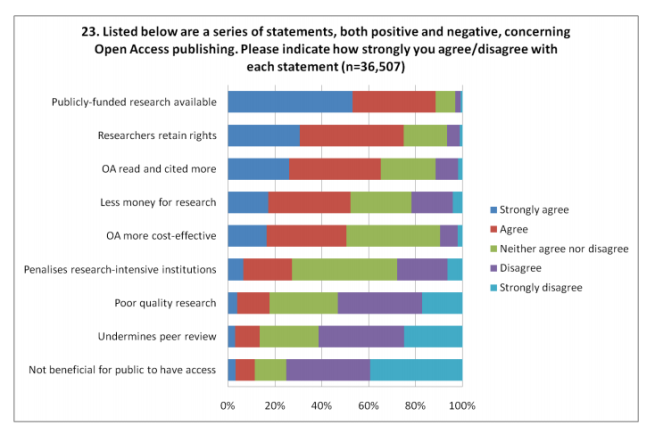






 Evaluating on the topic of blogging to a dream job, one factor
Evaluating on the topic of blogging to a dream job, one factor 





 (Source: cc-wdesign.com)
(Source: cc-wdesign.com)


